Ramboll engineers and UCL scientists have built sustainable bamboo houses in Lombok, Indonesia, to act as a blueprint for earthquake-proof homes
Volunteers from Ramboll have returned from the island of Lombok where they have been working alongside University College London (UCL) and a local NGO to construct safe, sustainable bamboo houses after multiple earthquakes devastated the region in 2018.
Called on by Lombok-based charity Grenzeloos Milieu, Ramboll created designs for robust houses built entirely from locally sourced bamboo as a sustainable and resilient solution to the island’s housing problem. The mission was to encourage the adoption of bamboo as a practical, low-cost and, most importantly, safe material to rebuild the island’s depleted housing stock.
Meeting the housing needs in Indonesia with sustainable bamboo houses
The team constructed three template houses across three villages which are open to the local public so they can experience first-hand the quality and sturdiness of bamboo structures, change their perceptions of bamboo housing and engender organic demand.
Structural engineer at Ramboll and project lead, Marcin Dawydzik, said: “Simply building sustainable bamboo houses doesn’t go far enough. The local community required the skills and know-how so that local craftsmen can respond to demand.
“We worked closely with local construction teams to adapt our designs according to local customs.
“We explained the principles and practical designs in workshops with local construction teams so that they could then spread the word about the potential of bamboo housing.”
Bambang, a skilled builder from Indonesia’s most populous island Java, worked on one of the template houses and is keen to take his newly learned skills back to Java. Impressed by the quality of the houses, Bambang is confident there is a demand for such buildings back on his home island, remarking “I’ve not seen bamboo used in this way – it’s much stronger and more modern.”
Els Houttave, from local NGO Grenzeloos Milieu, commented: “The advantage of bamboo is that locals can not only grow it themselves, but also build with it themselves. It will enable independence.”
Ramboll’s Xavier Echegaray Jaile, added: “One year after planting bamboo, the young sprouts can be eaten, and once the food is harvested it creates more room for the remaining bamboo to mature.
“In five years, the bamboo is ready to be used for constructing houses and furniture, while at the end of its usable life it can be composted and used on the bamboo growing fields again.”
Promoting sustainable housing techniques in earthquake-affected areas
Back in the UK, plans are now underway to spread the learning further. UCL scientists 3D scanned every bamboo piece to help understand the structural behaviours of the material, with these insights now being used to inform academic publications to enable safer adoption of bamboo.
Meanwhile, Grenzeloos Milieu will be continuing the workshops in Lombok and overseeing the construction of several more template sustainable bamboo houses. Once they are complete, there will be a bamboo template house in each of the most earthquake-affected villages in Lombok to be used for educational purposes.
Ramboll will complete step-by step-guides so others can easily build their own bamboo houses, with the ultimate aim of promoting the adoption of safe and sustainable housing solutions across wider earthquake-prone regions.


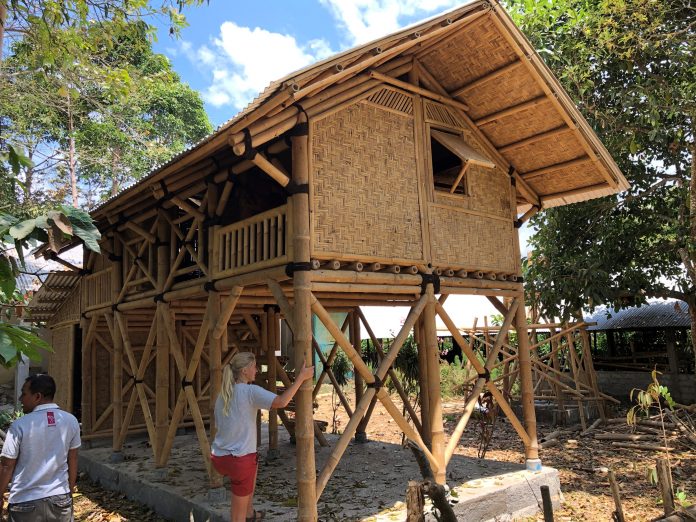
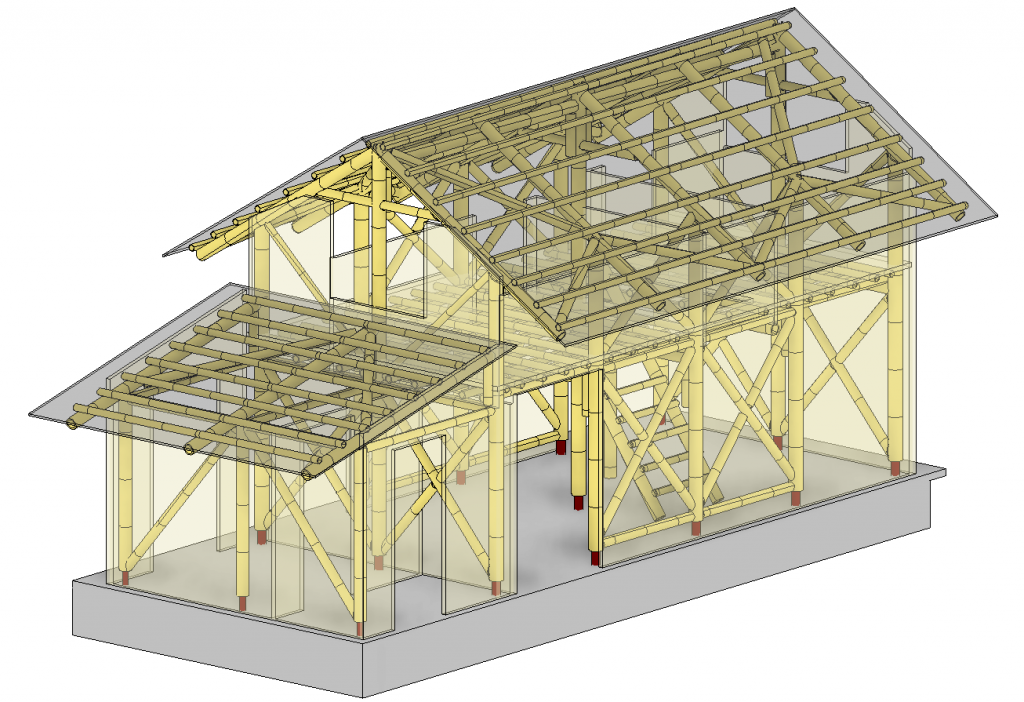
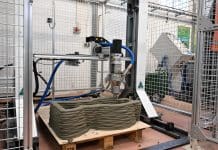
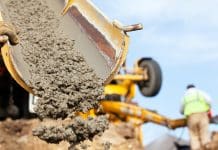
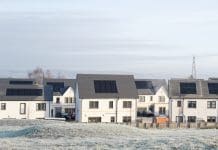
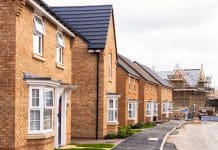
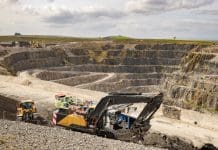


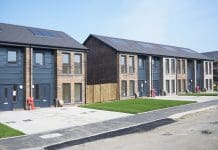
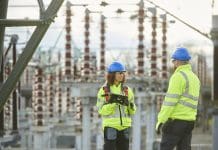
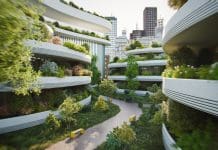

![[VIDEO] NHBC brings together sector leaders at Affordable Housing Innovators event NHBC, the UK’s largest new homes warranty and insurance provider, recently hosted the first Affordable Housing Innovators event in partnership with the British Property Federation](https://www.pbctoday.co.uk/news/wp-content/uploads/2025/02/iStock-184846177-1-218x150.jpg)